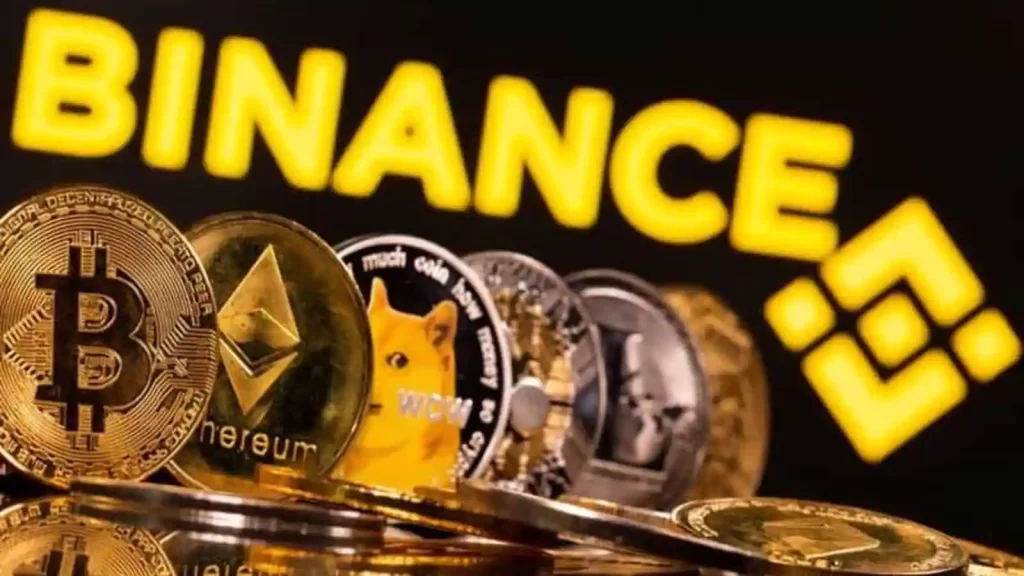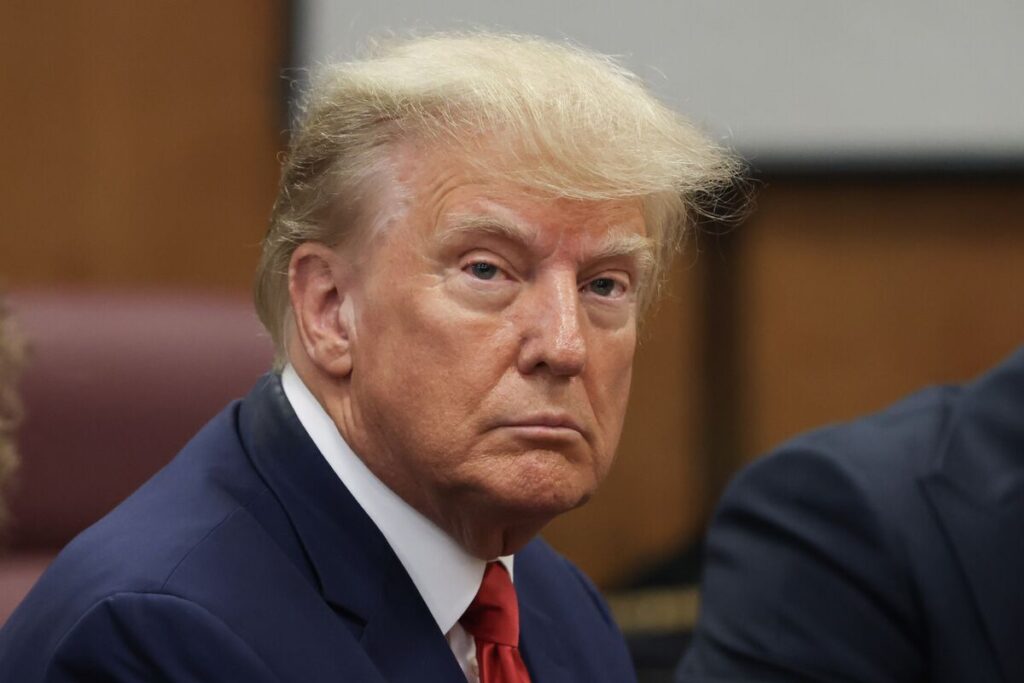Many airdrop farmers have been eagerly anticipating the news regarding the ZKSync airdrop. It has been on the radar for nearly two years, and as many other L2s got their tokens off the ground, those immersed in the zkSync ecosystem since the latter end of 2022 have been rewarded handsomely for their continued faith in the project. So, how did it work, and what were some of the boxes that users needed to tick? Let’s have a look.
Airdrops & The Bull Run Narrative 2024
Multiple airdrops have injected billions in liquidity into the market. Still, other elements within the space are driving serious price action, ranging from Bitcoin ETF approvals to casino gaming. Any avenue that attracts a whole new wave of people to cryptocurrency and highlights how blockchain technology is beneficial and more convenient, especially in more traditional markets like gambling, may heighten activity and awareness.
By targeting specific areas of casino gaming, such as slot gaming, the growing demand for cryptocurrency casinos continues to increase broader crypto and blockchain knowledge. The casino gaming mechanics of crypto slot games are effectively slot games that pay real money but in a cryptocurrency, not a flat currency.
By utilizing the underlying technology in blockchain and cryptocurrency gaming, these casino games offer a fresh avenue for people looking to play, and, more importantly, for the broader space, it’s increasing the number of people exploring cryptocurrency for the first time. This leads to more people using cryptocurrency to play casino games but more investment in the underlying assets, ultimately leading to positive price action. People are taking advantage of crypto and the fact that there are faster transactions, as well as security that is provided by the blockchain tech underlying these DeFi currencies. Ruling out banks and other gatekeepers also helps to keep people in control of what is happening with their finances.
How Did zkSync’s Airdrop Work?
As with other big airdrops in crypto, such as Arbitrum, developers hinted at a mass airdrop, often referring to community incentives on their social media pages. The project’s “Tokenomics” revolved around this. It soon became the biggest open secret in the airdrop space, alongside Starknet and Layerzero, who also airdropped to users.
With a growing number of L2 projects driving huge investment within the cryptocurrency space, the idea of airdropping tokens to the wider community and early ecosystem users seemed like a no-brainer, especially with the success of Arbitrum and Optimism. However, regarding sheer scale and volume, zkSync was the big sheriff in town.
Many crypto analysts and traders believed that zkSync would be the biggest project to airdrop, and it looks as though these predictions have come true. The colossal Amsterdam-based company has earmarked hundreds of millions of dollars worth of tokens to go to over 600,000 eligible wallets.
Users who interacted early with the ecosystem, including using zkSync Lite over three specific months, obtaining a Libertas Omnibus NFT, and interacting with at least ten smart contracts, were eligible to claim thousands of zkSync tokens on the prospective launch date of 17 June.
Gauging Social Media Reaction
Often, with cryptocurrency airdrops, the best way to measure the response is via social media sites. It appears that a number of legitimate zkSync users felt short-changed by the airdrop criteria, and many who farmed across dozens of wallets felt that their attempts to hoard tokens at the expense of real users should somehow grant them a larger amount.
Those users with multiple wallets aren’t technically doing anything wrong, but the existence of such people has caused other projects to take a much harsher stance. Layerzero CEO Bryan Pellegrino has spent several weeks from June onwards interacting with his followers on X and looking to find ways to disqualify those with hundreds of wallets from his company’s highly anticipated airdrop – despite intense competition in the space from the likes of Wormhole and Axelar.
Again, from an objective perspective, the only people with a real issue with this are people expecting huge airdrops across dozens, sometimes hundreds, of wallets. So, although some developers and those vital to the zkSync ecosystem have voiced some disapproval, there have certainly been far worse airdrops this year.
Conclusion
Few projects have attracted the capital or recognition pre-launch that zkSync has. The multi-billion dollar project often refers to itself as the “end game.” The airdrop has been one of the most prominent news stories in Q2 2024. Given that they have over 1.5 million followers on X, they’re also among the most followed projects.
Once the airdrop occurs and the entire ecosystem is in motion, we’ll see what else the project has in store. However, given that prominent names in the cryptocurrency space have long discussed it, it could be one of the new tokens that sees itself playing a big role in the anticipated upcoming bull run.







